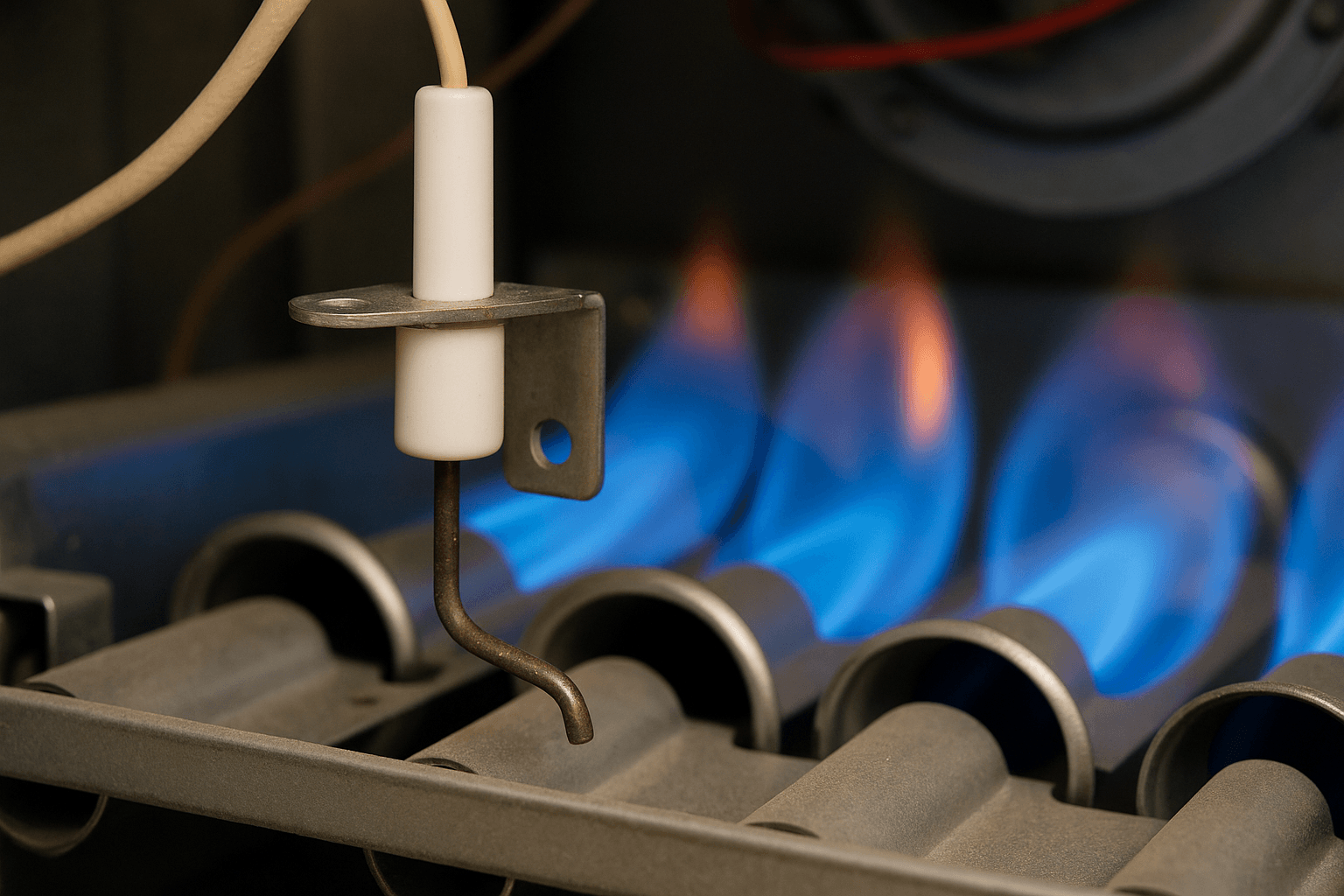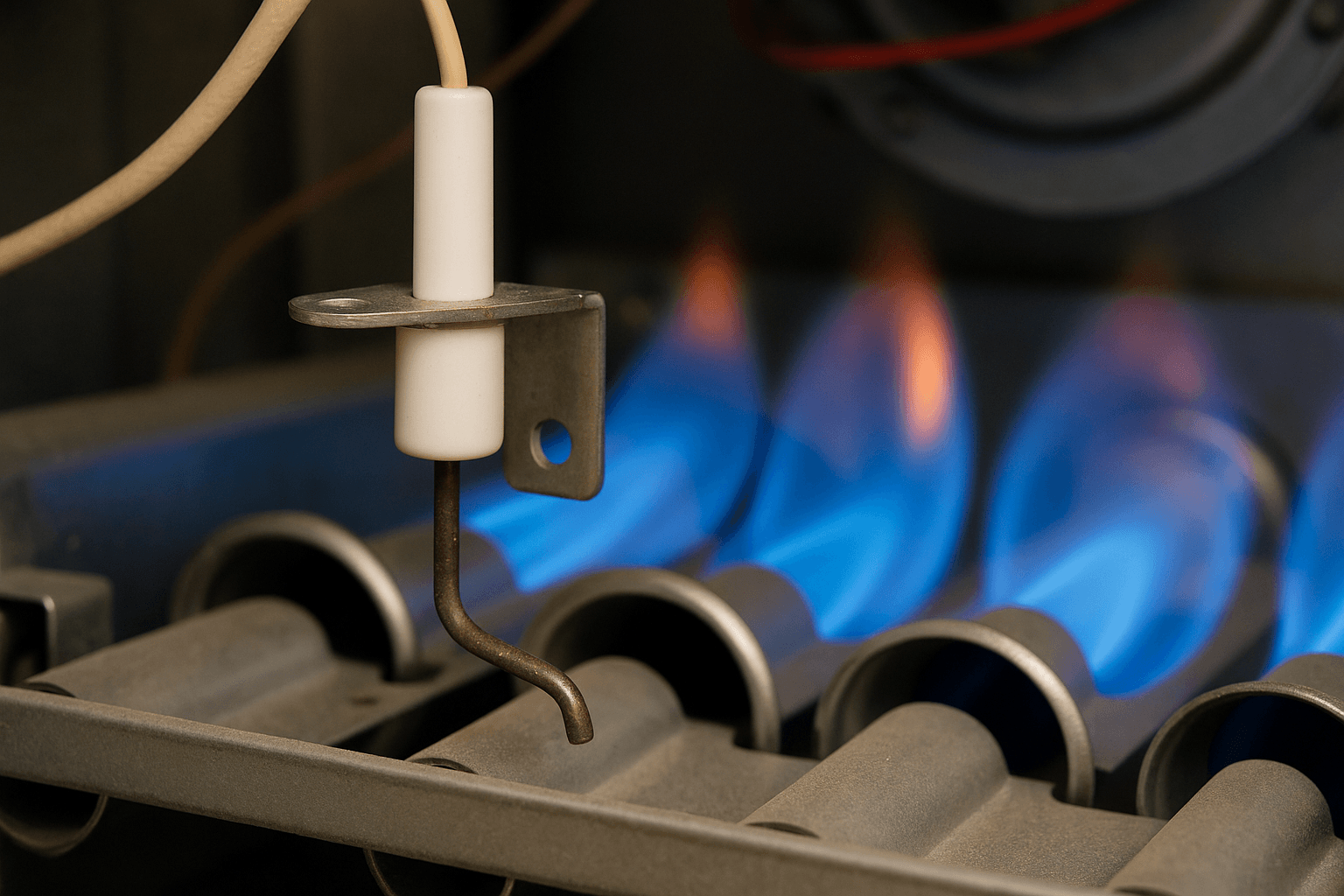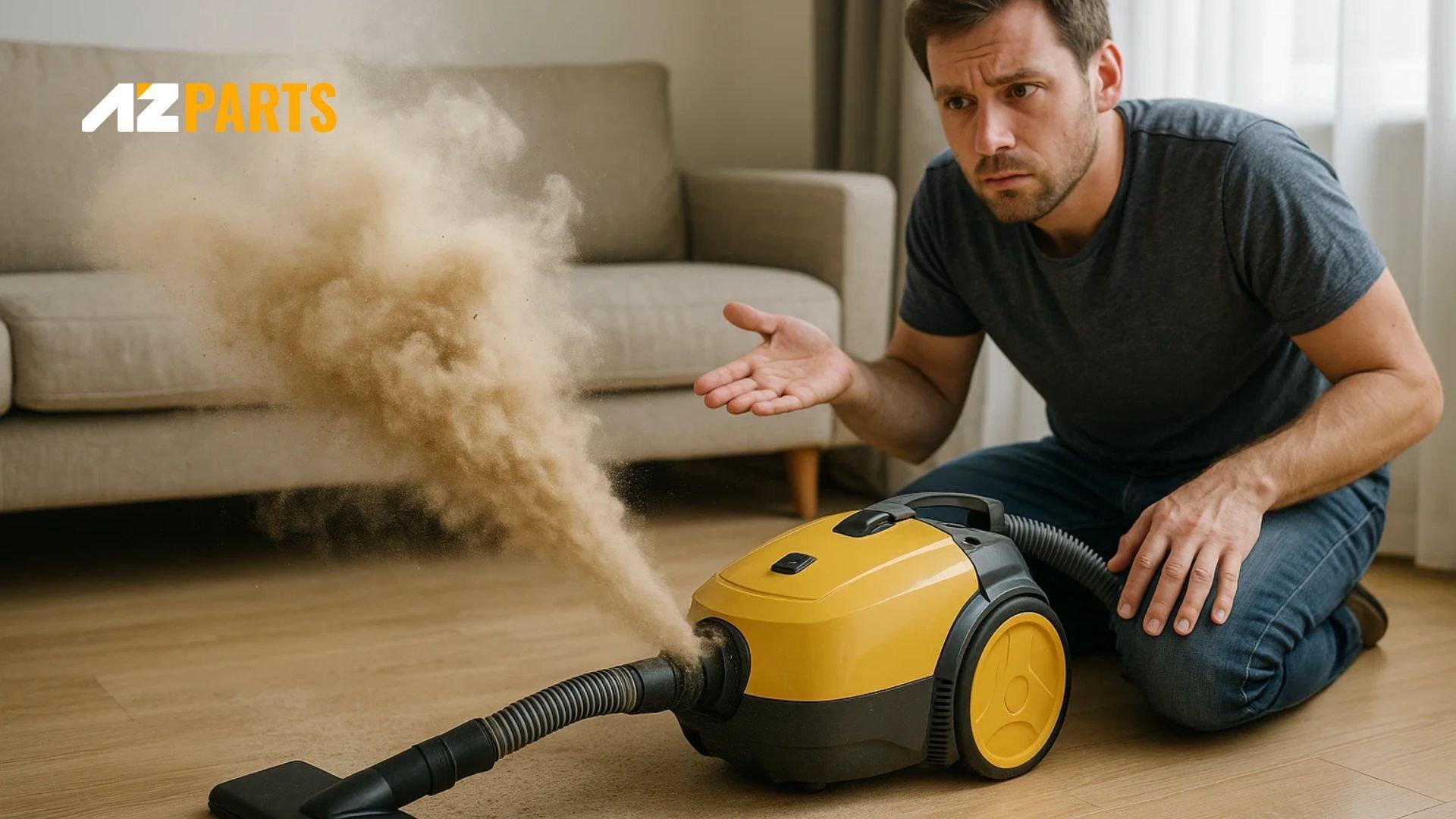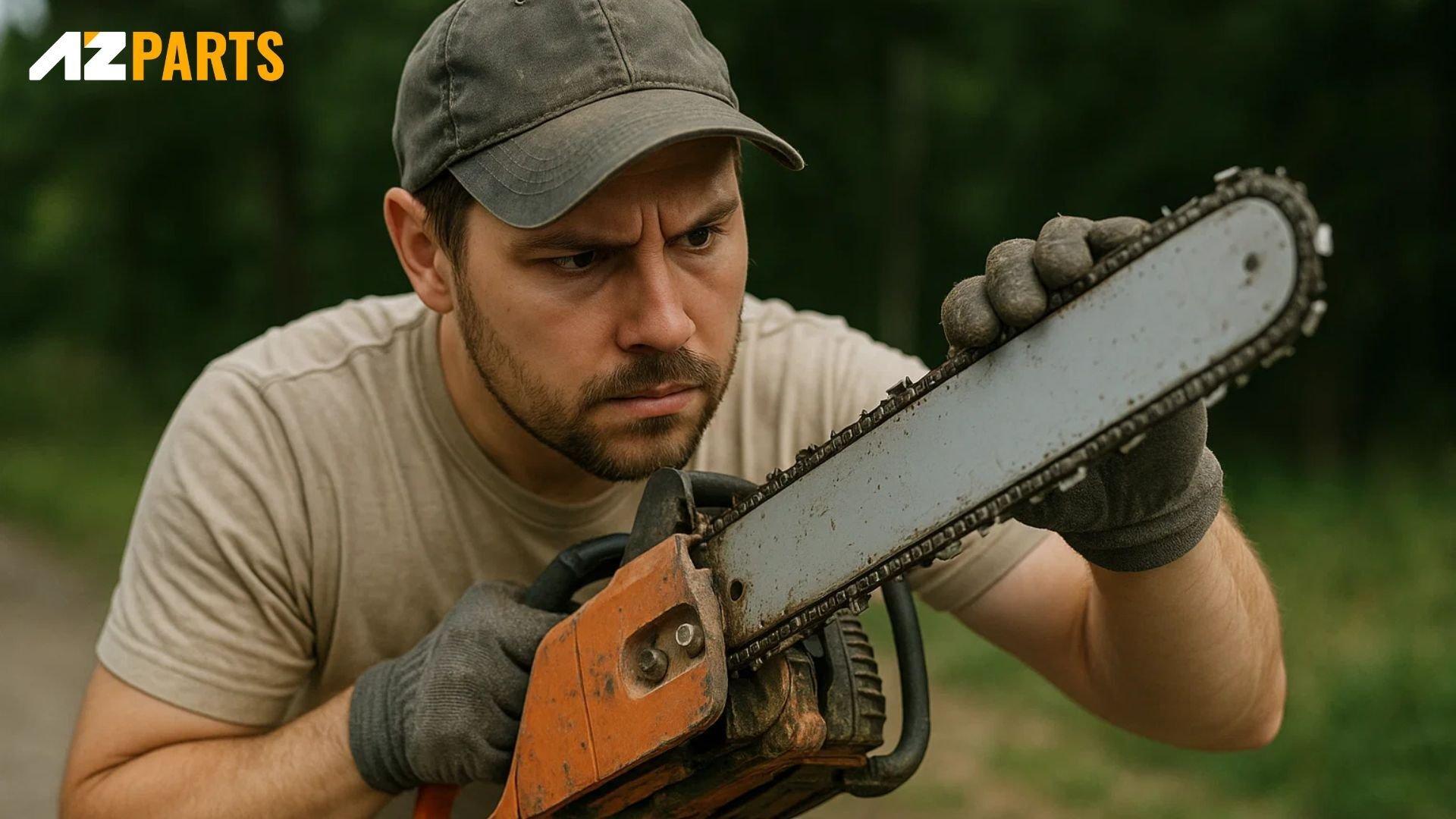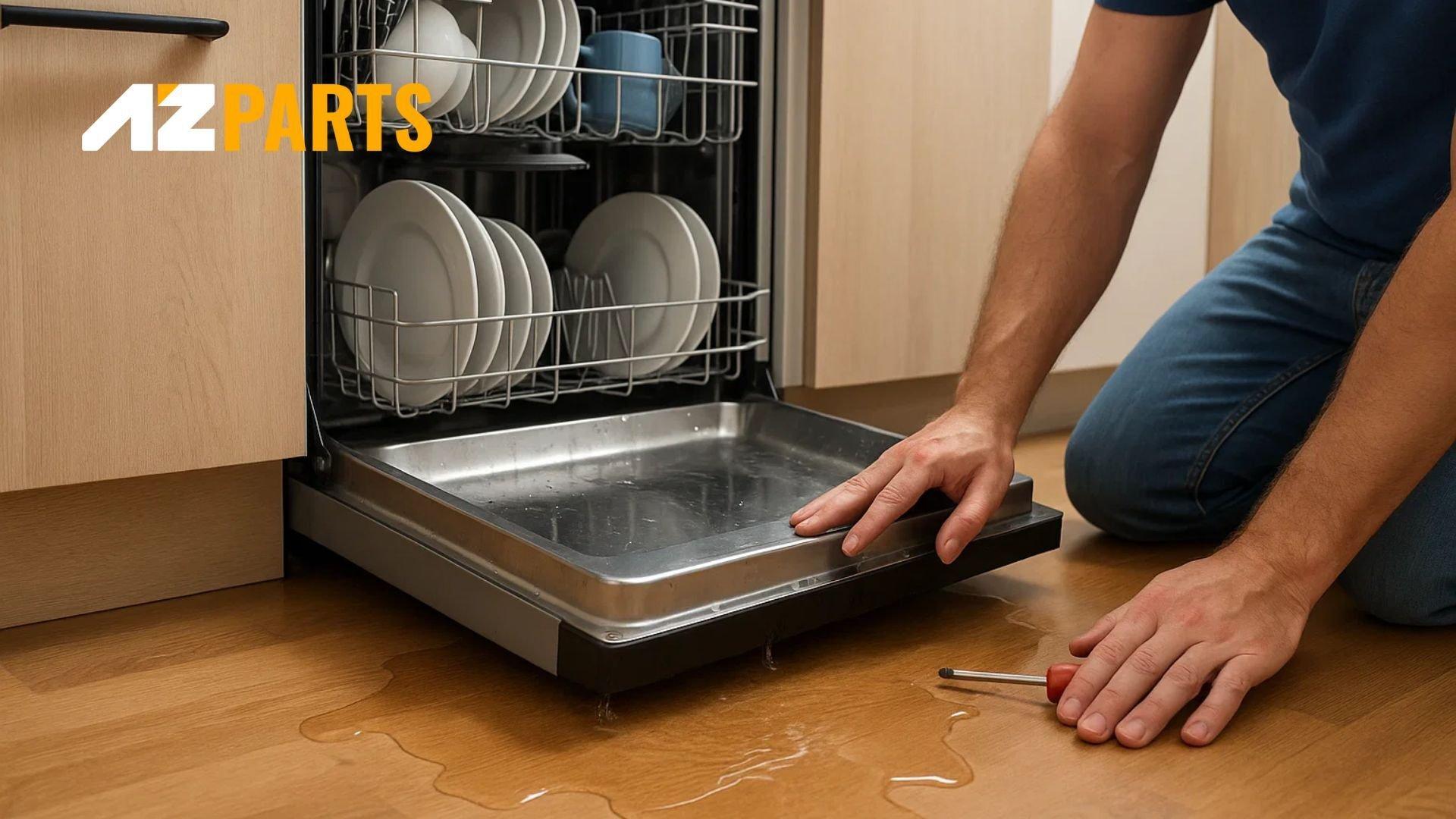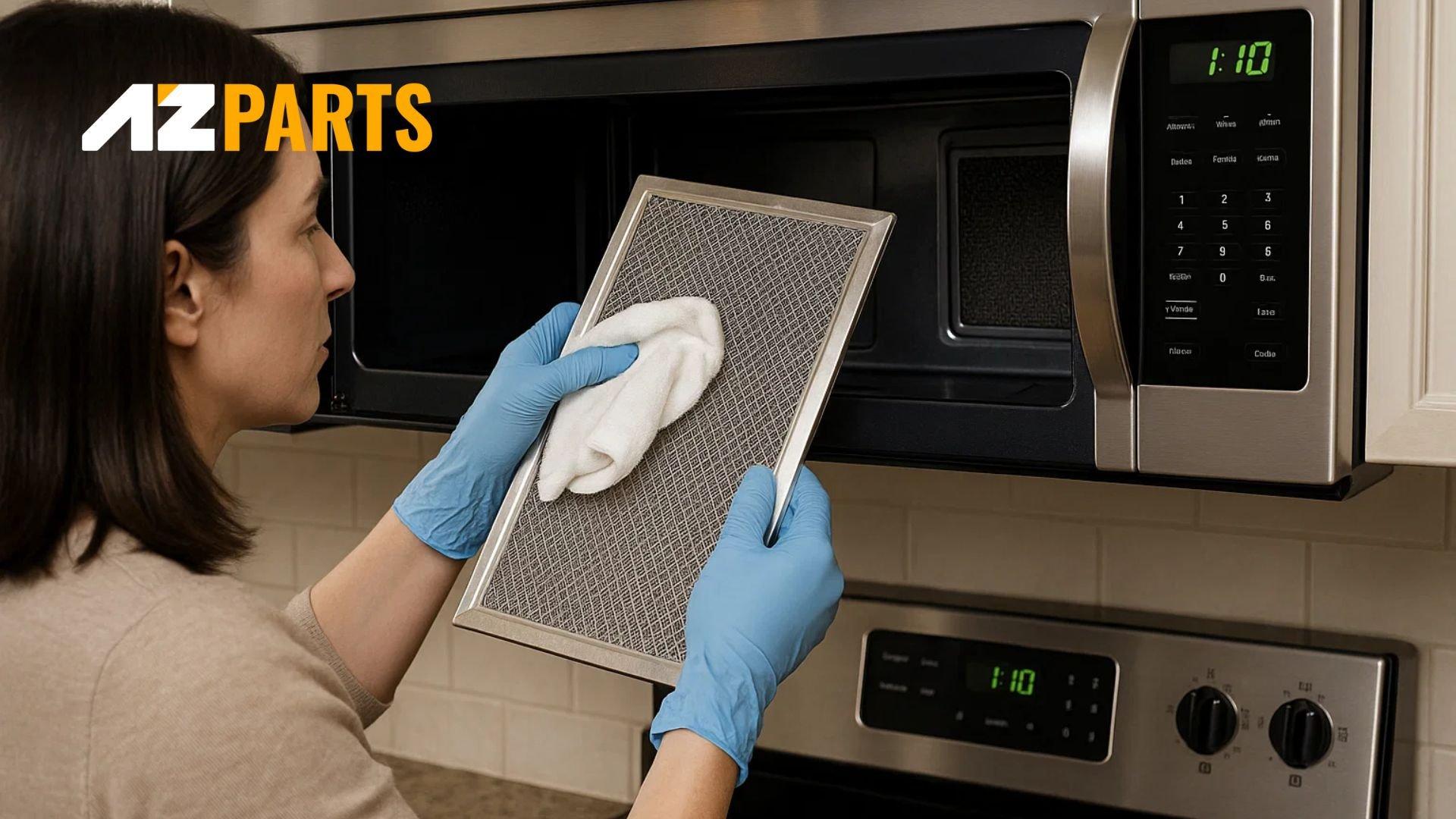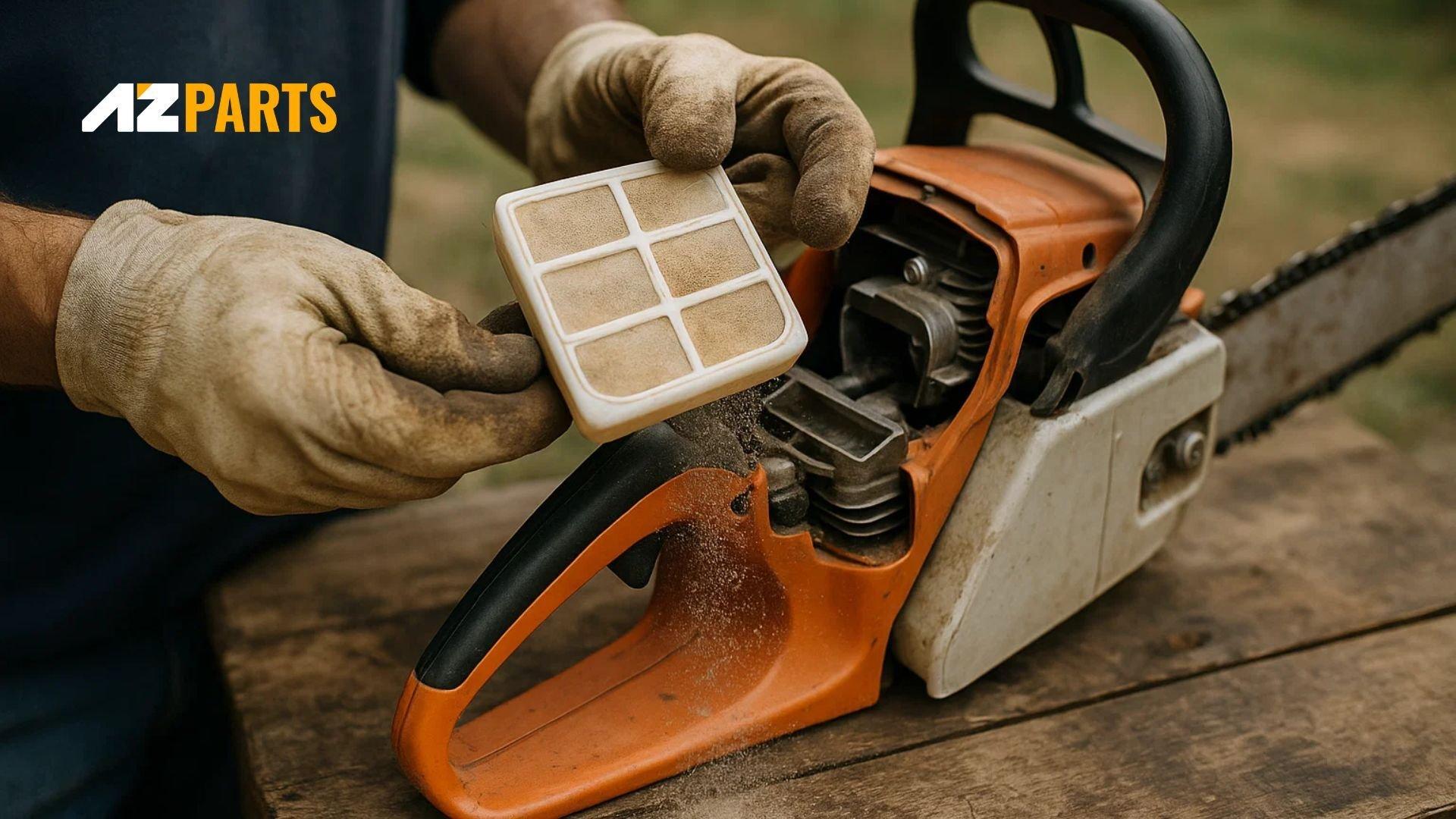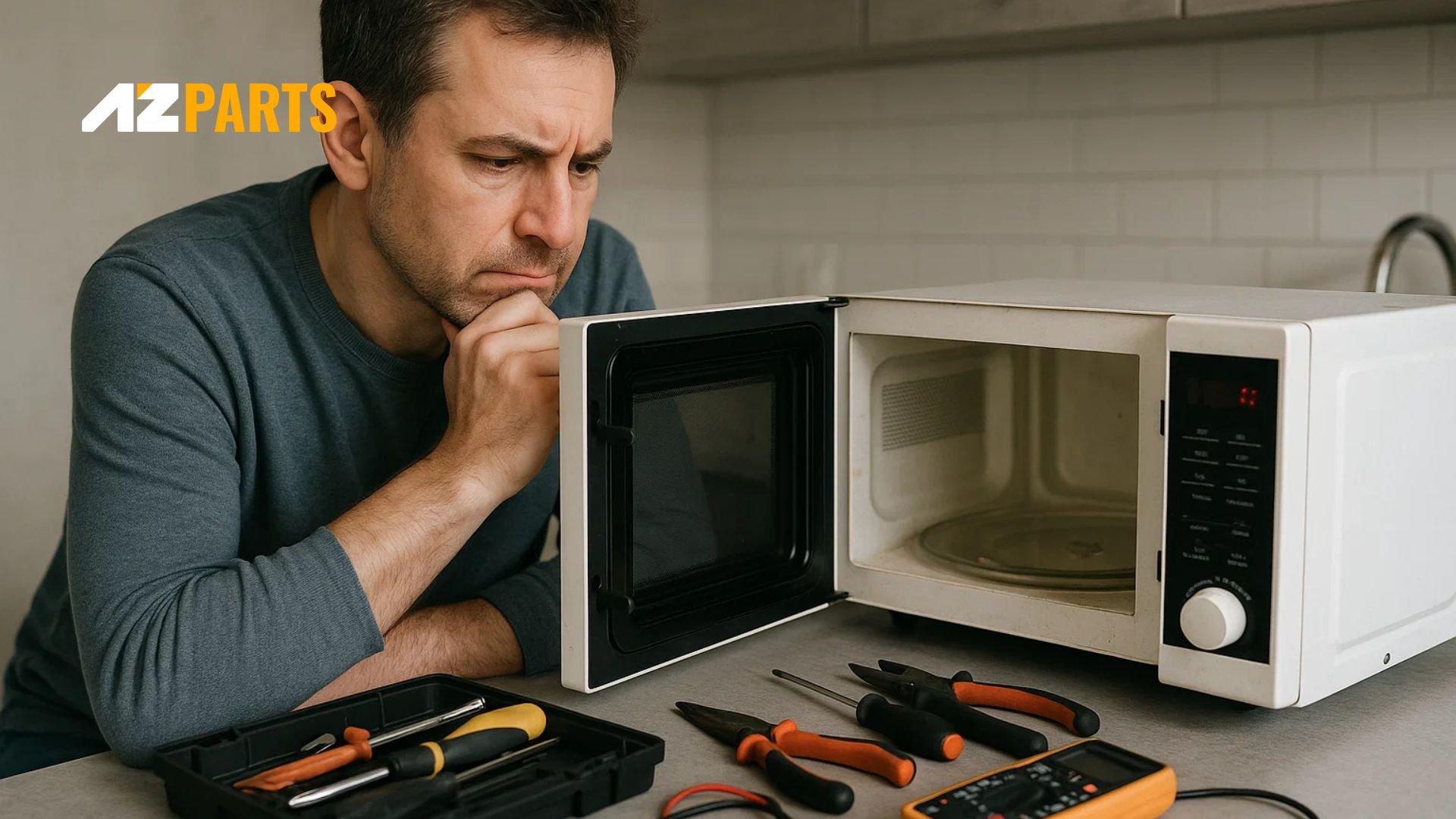Explore all blog posts
Explore all blog posts
Repair help
November 5, 2025
When your vacuum starts spitting out debris instead of collecting it, it defeats the entire purpose of cleaning. This common household problem can stem from various issues, from simple maintenance oversights to more complex mechanical failures. Understanding why your vacuum is blowing out dust is crucial for maintaining a clean home environment and ensuring your appliance operates efficiently. At AZParts, we specialize in providing genuine replacement parts to help you restore your vacuum's optimal performance and keep your home spotless.
Repair help
August 1, 2025
A chainsaw not cutting straight is one of the most common issues faced by both professional loggers and weekend warriors alike. This problem not only affects the quality of your work but can also pose safety risks and lead to wasted materials. Through this topic, AZParts will help you understand why your chainsaw veers off course is the first step toward resolving this issue.
Repair help
August 1, 2025
A dishwasher leaking can turn your kitchen into a mess, causing water damage to floors and cabinets. Whether it's puddles under the appliance or water seeping from the door, identifying the causes is crucial for repairs. At AZParts, we help homeowners resolve these issues with quality replacement parts and expert guidance. Dishwasher leaking stems from various sources, from installation errors to worn components. Many issues can be diagnosed and fixed without professional help. By checking each cause and applying the right solutions, you can restore proper function and prevent water damage.
Repair help
August 1, 2025
A vacuum cleaner is a familiar household appliance that helps clean dust and debris quickly and conveniently. However, after a period of use, many users find that their vacuum operates with weak suction or barely picks up anything, even though it still makes noise as if it is working normally. This often indicates that some internal components may be experiencing issues. In this article, AZParts will help you identify the common reasons why a vacuum not sucking and provide practical solutions to restore its performance.
How-To Guides
August 1, 2025
The clean refrigerator water dispenser comes into direct contact with your daily drinking water, yet it’s often overlooked during routine kitchen cleaning. Over time, mineral deposits, bacteria, and mold can build up in the water line and nozzle, compromising both water quality and your health. Fortunately, with just a few basic tools and five simple steps, you can thoroughly clean this part right at home. In this guide, AZParts will walk you through the detailed cleaning process to help keep your water dispenser fresh, maintain pure taste, and extend the lifespan of your appliance.
How-To Guides
August 1, 2025
A clean microwave filter is essential for maintaining your appliance's performance and extending its lifespan. Over time, grease and food particles accumulate, reducing efficiency and potentially damaging internal components. Regular filter maintenance ensures optimal ventilation and keeps your kitchen fresh. Microwave filters come in two types: grease filters that capture vapors and particles, and charcoal filters that neutralize odors. Proper cleaning and replacement saves money on repairs while keeping your microwave running smoothly. For reliable replacement parts, AZParts offers a comprehensive selection of genuine microwave components.
How-To Guides
August 1, 2025
A clean chainsaw air filter is essential for optimal engine performance and longevity. Whether you're a professional arborist or weekend warrior, understanding how to clean chainsaw air filters properly can save you money on repairs and ensure your saw runs smoothly for years. AZParts will help you learn how to replace chainsaw air filters when cleaning is no longer effective and ensures uninterrupted operation during critical tasks.
How-To Guides
July 31, 2025
Keeping your refrigerator clean is essential for food safety, energy efficiency, and extending your appliance's lifespan. A dirty fridge can harbor bacteria, produce unpleasant odors, and even cause mechanical issues that require replacement parts. Whether you're dealing with spills, expired food, or general maintenance, knowing how to clean the refrigerator properly ensures your appliance runs smoothly for years to come. At AZParts, we understand the importance of proper refrigerator maintenance and provide genuine replacement parts to keep your appliance in top condition.
How-To Guides
July 31, 2025
A dirty vacuum filter can seriously reduce your vacuum’s performance, making it harder to clean and even damaging the motor over time. Regular cleaning is a simple yet essential task that helps your machine work like new. In this guide, AZParts walks you through the easy steps to clean your vacuum filter properly and shows you when it’s time to replace it with a high-quality part.
How-To Guides
July 31, 2025
A sharp chainsaw not only helps you cut wood faster but also ensures greater safety during use. However, over time, the chain will wear down and become less effective. That’s why learning how to sharpen a chainsaw is a crucial skill that every user should know. In this article, AZParts will guide you through the proper way to sharpen a chainsaw, from preparing the right tools to step-by-step instructions, helping you save time, effort, and extend the life of your machine.
Repair help
July 31, 2025
Chainsaw smoking is more than just an annoyance. It’s a warning sign of deeper mechanical problems that could lead to costly damage if ignored. Whether it’s due to clogged air filters, bad fuel mix, or worn-out components, acting fast is essential. In this guide, AZParts will help you tackle the issue with expert repair guides and top-quality replacement parts, so your chainsaw runs like new again.
Repair help
July 31, 2025
A dishwasher not spraying water is a common issue that can leave your dishes dirty and your appliance underperforming. While a dishwasher is designed to save time and effort in your daily kitchen routine, this problem can seriously affect its cleaning efficiency. In this article, AZParts explores the possible causes behind your dishwasher not spraying water and offers step-by-step guidance to inspect, troubleshoot, and restore proper water spray so your machine runs like new again.
Review
July 31, 2025
The microwave is a familiar household appliance found in many homes, valued for its ability to heat and cook food quickly. However, not everyone fully understands how its internal and external components function. Gaining a clear understanding of the basic parts of a microwave not only helps you operate it correctly but also enables you to identify and address issues more easily when they occur. In this article, AZParts will guide you through the main parts of a microwave that you should know in detail.
Repair help
July 31, 2025
A chainsaw is a powerful and essential tool for tasks ranging from cutting firewood to tree maintenance. However, without proper maintenance, it can quickly wear out, become less efficient, and pose safety risks. Keeping a regular maintenance schedule not only extends the lifespan of your chainsaw but also ensures user safety. In this article, AZParts shares simple yet effective chainsaw maintenance tips that you can easily do at home.
Repair help
July 31, 2025
Microwaves are convenient appliances that help quickly heat and cook food in modern life. However, after a period of use, they may encounter various issues such as not heating, the turntable not spinning, the door not opening, or the control panel becoming unresponsive. These problems not only cause inconvenience but also affect the appliance’s performance and durability. In this article, AZParts will highlight 9 common microwave problems and suggest effective solutions so you can safely and cost-effectively fix them at home.
Repair help
July 31, 2025
Is your refrigerator making an unusually loud noise? This could be a sign of internal issues like a faulty evaporator fan, ice buildup in the freezer, or loose components. If left unchecked, the noise could worsen and lead to costly repairs or energy waste. In this guide, AZParts walks you through 7 practical steps to troubleshoot and fix a noisy refrigerator restoring peace and extending the life of your appliance.
Review
July 31, 2025
When your trusty microwave starts acting up, you're faced with a common household dilemma: is it worth repariting a microwave or replace it? This decision becomes increasingly complex as technology advances and repair costs fluctuate. Understanding the key factors that influence this choice can save you both money and frustration. At AZParts, we specialize in providing genuine replacement parts for various appliances, including microwaves, helping homeowners make informed decisions about their kitchen equipment repairs.
Repair help
July 31, 2025
Want to lower your electricity bill without sacrificing comfort? Tuning up your air conditioner is one of the easiest and most effective ways to boost energy efficiency at home. Whether you're a DIYer or just looking to stay ahead of breakdowns, using the right parts is key. At AZParts, you'll find reliable AC components like piercing valves, port adapters, covers, and capacitors, everything you need to keep your system running at peak performance.
...





